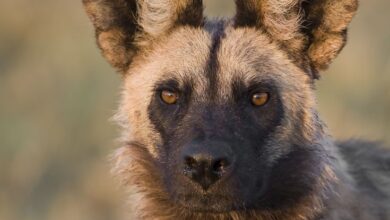African Lions Plus Facts About African Lions

- About African Lions
- Facts About African Lions
- Lion prides and hunting
- Reproduction And Life Cycle
- Population & Threats to survival
- Conservation
African lions are the second largest cat in the world after the tiger.
Lions have been recognized as “King of the Jungle” for a long time, making them one of the most well-known wild creatures in history.
Throughout history and ancient times, African Lions have been revered as emblems of bravery and power.
About African Lions
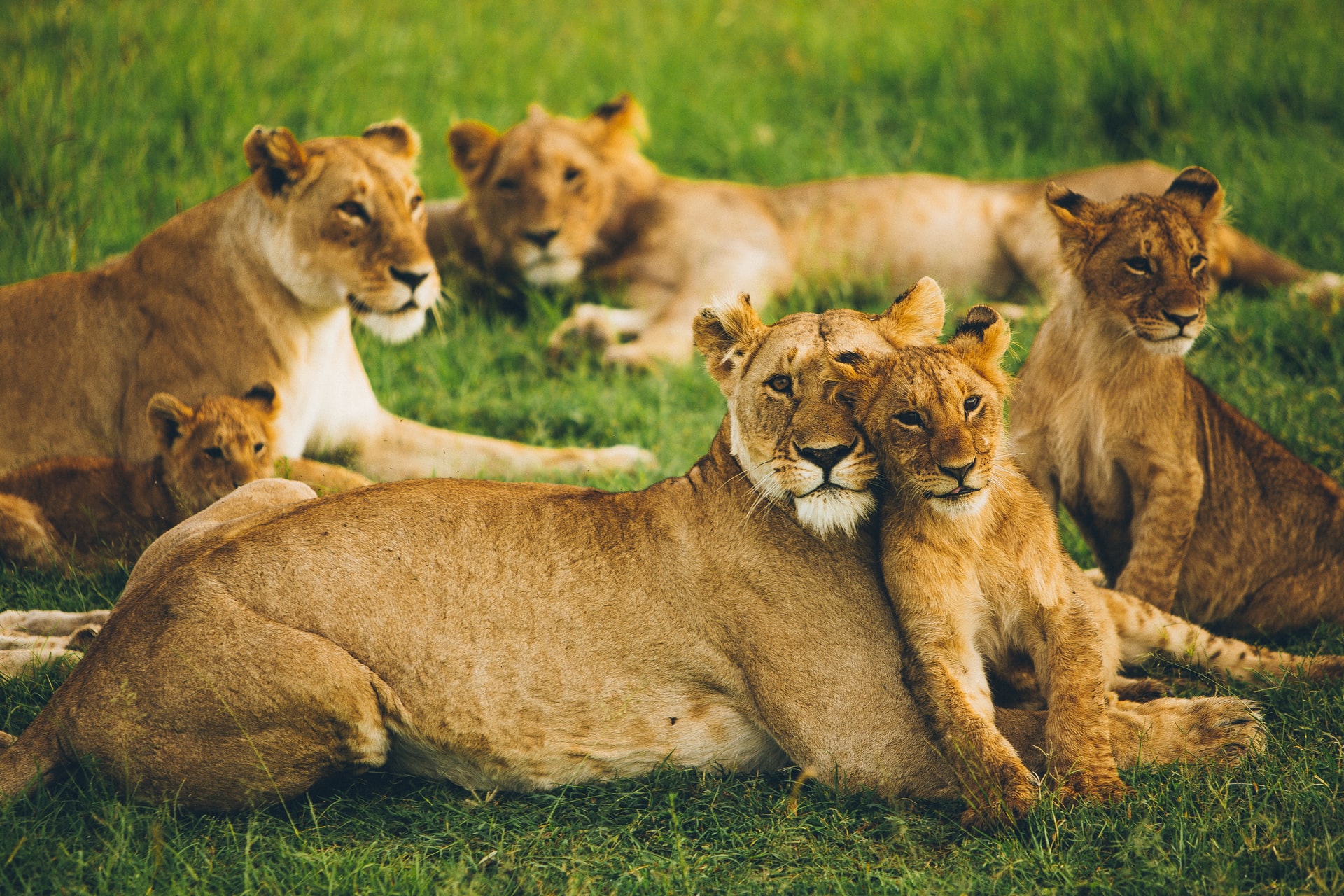
Great animals with tawny-colored hair and white undersides, African lions are the largest of the big cats.
A black tuft completes the animal’s lengthy tail.
Male lions have sexual dimorphism, with their unique manes Lion’s mane may refer to: (Mane (lion), the mane of the adult male lion, the fur around its face)., which may range from black to blond, being the most noticeable feature of the species.
By the time they are three years old, they have grown their first manes. And open-air dwellers’ tresses are noticeably thicker.
African lions have a mane that makes them seem bigger than they really are.
This helps them frighten other lions and the Spotted Hyena, their principal rival across their territory.
By the age of three months, the lions’ brown markings had faded away, leaving them with a grey coats.
Eastern African lions, on the other hand, prefer to keep their stomach patches.
Also Read: Interesting Facts on Leopards: Habits, Diet, and Other Facts
Interesting Facts about African Lions
In the wild, African lions are most active at night.
They prefer grassland and savanna as well as thick scrub and open woodland.
Another interesting fact about African lions is they can survive in almost any environment.
Except for tropical rainforests and deserts, where they are more vulnerable.
In India’s Gir National Park and Wildlife Sanctuary, an isolated population of roughly 650 Asiatic lions constitutes a significantly smaller race.
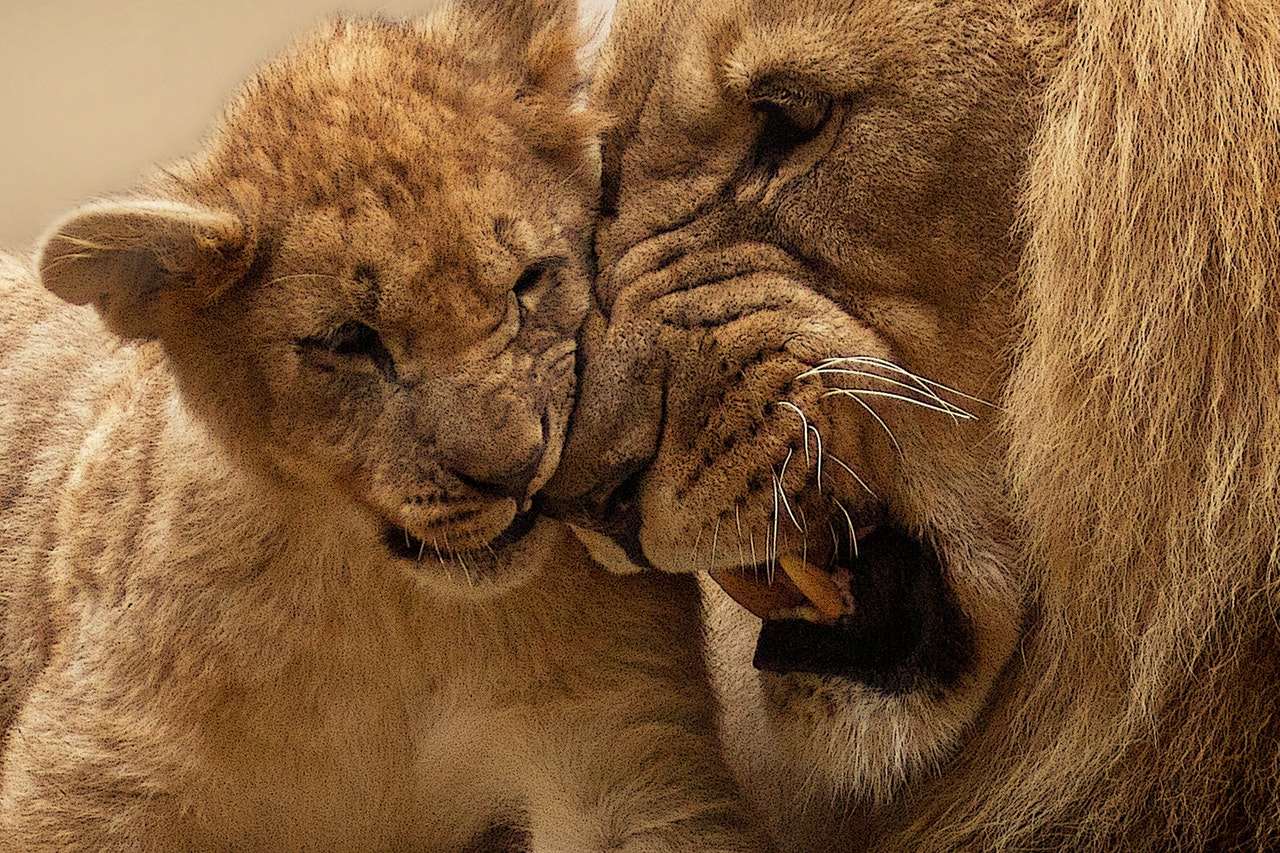
Lion Packs and Hunting on the African Savanna
African lions are the only cats that live in groups called “prides”—though there is a single population of solitary lions in the wild.
Other interesting facts about African lions include: Two to 40 lions may form a family unit that includes three or four males, as well as up to a dozen or more females, and their cubs.
Female lion cubs tend to remain with their mother’s pride as they grow older. To form their own pride, young males abandon the group and take over one commanded by another male.
Lions in Africa spend most of the day sleeping (up to 20 hours a day).
These creatures take a nap to save energy, avoid being eaten, or just to cool down during the hot sun.
As a group, males of the pride protect their territory by spraying the area with urine, growling at intruders, and driving away animals that try to trespass.
Competition for territory and leadership positions in the pride is intense, though.
If another male succeeds in overthrowing the pride’s dominant male, he normally kills all cubs born to that male.
Another interesting fact about African lions is that Males, on the other hand, prefer to avoid hunting because of their sluggish pace and edgy nature.
Also Read: The African Wild Dogs Facts: Why they are Endangered?
Instead, the females of the pride are responsible for hunting, and they do it in groups, working with each other as they go.
Females are better hunters than males because they are quicker and more nimble, allowing them to catch prey that is much larger and faster than they are.
The pride’s principal hunters and leaders are female lions. It’s not uncommon for them to hunt together in the broad plains for antelope, zebra, and wildebeest.
Because many of these creatures are more agile than lions, collaboration is essential. Female lionesses also nurture their young in a social setting.
Squabbling over who gets what after a hunt is common, with youngsters occupying last place in pecking order.
Until they are roughly a year old, young lions are not allowed to participate in the hunting of prey.
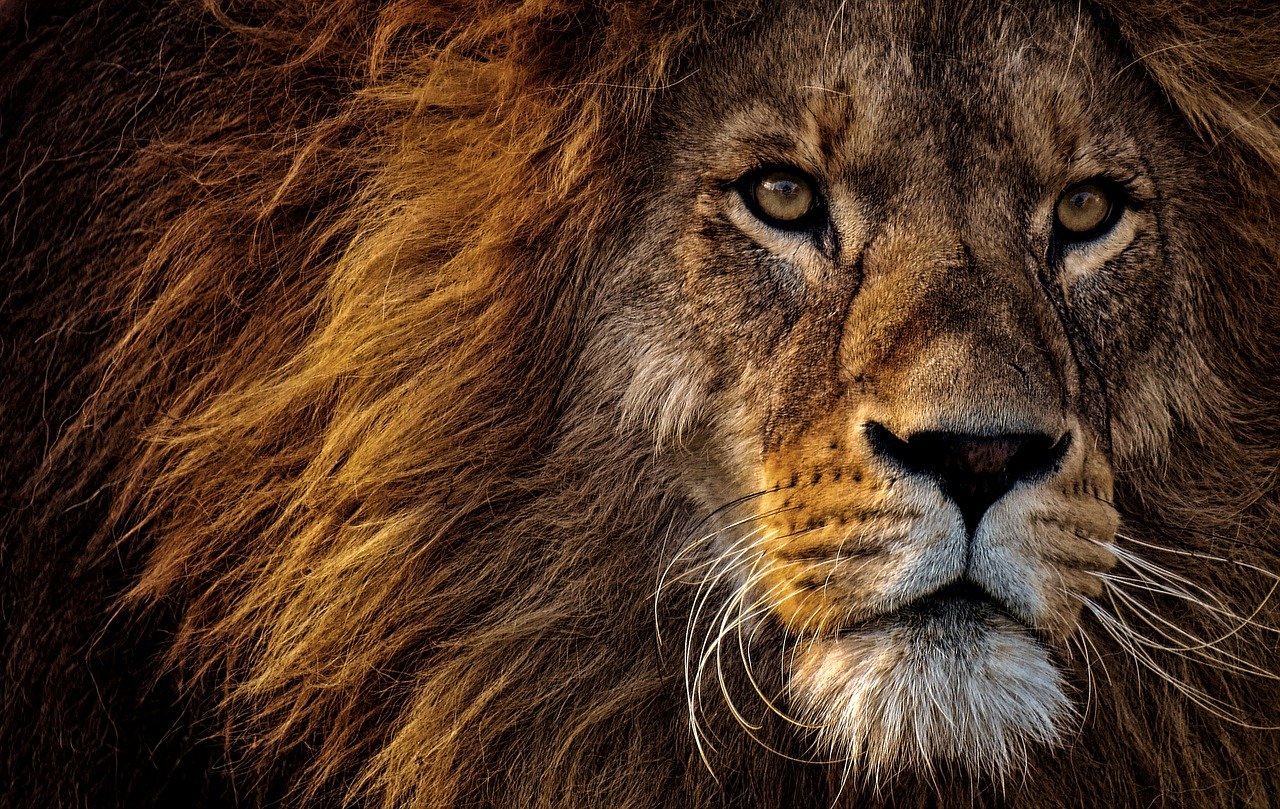
The Reproduction and Life Cycle of African Lions
More interesting facts about African is they are polygamous and reproduce throughout the year, however females are generally confined to one or two adult males of their pride.
Every year, lions in captivity reproduce, but only once every two years do they do so in the wild, with the peak breeding season happening during the rainy season.
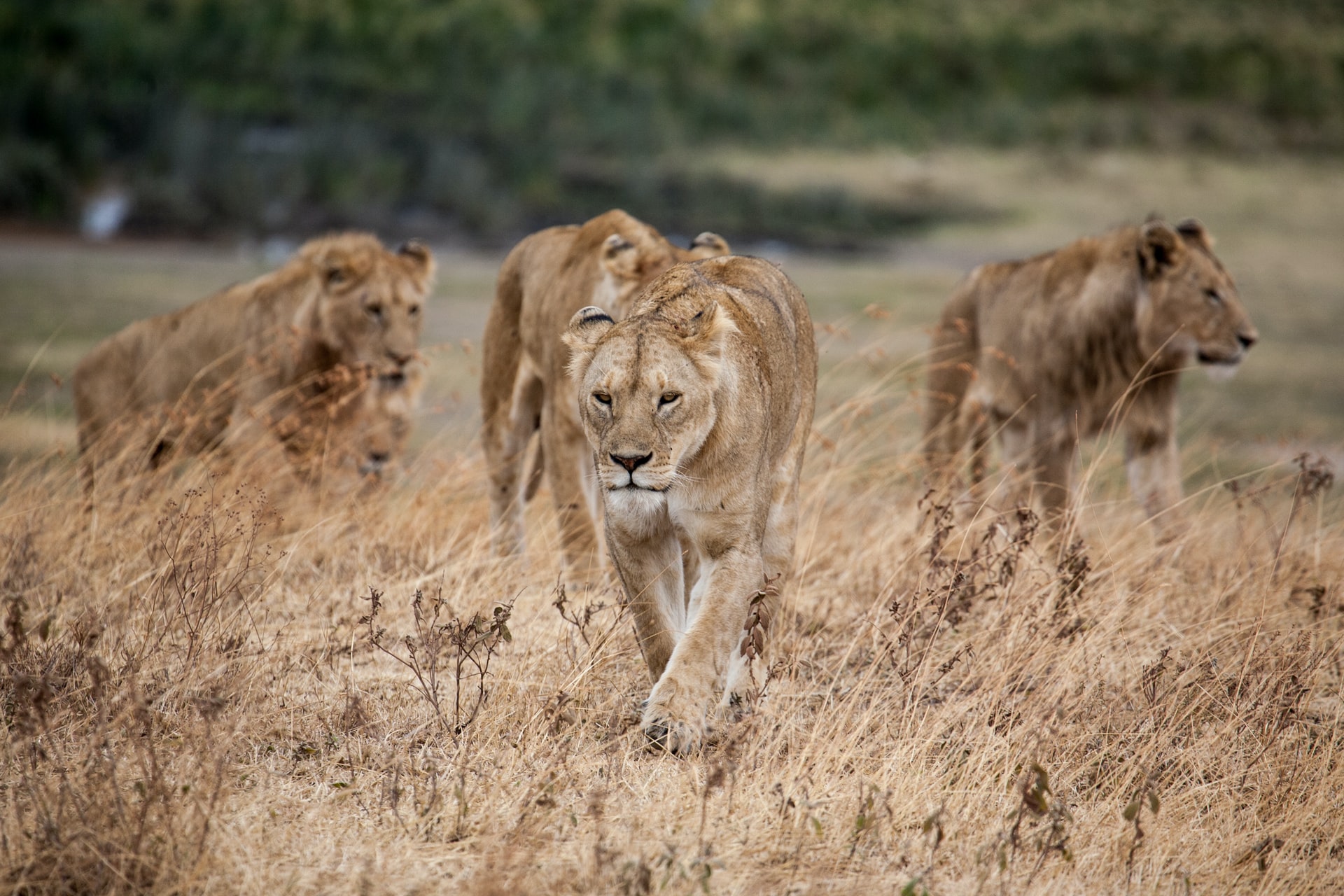
Three to four days into a wide-ranging reproductive cycle, females are amenable to mating. An average of 20–30 minutes pass between matings during this time period, with up to 50 copulations occurring in a 24-hour period.
Extensive copulation not only boosts the female’s ovulation, but it also ensures the male’s paternity by keeping other men away.
Fetal development takes around 108 days and the litter size may range from one to six pups, with two to four cubs being the norm.
Cubs’ birth is kept a secret in secluded, private areas.
The cubs join the pride at the age of 4-6 weeks. When the mother leaves the pride to hunt, another nursing mother will feed her kids in her absence.
At the age of 6-7 months, the cubs are weaned from their mother, although they usually remain near to her for the first two years of their life. Lions generally mature at 2.5 – 3 years old for men and 5 years old for females.

The Population of African Lions and the Threats to Their Survival
The number of African lions is now less than a quarter of what it was 25 years ago. In Africa, the IUCN thinks that fewer than 25,000 lions survive, which is why the organization considers them vulnerable to extinction.
The majority of the dangers faced by African lions are caused by people.
There has been a history of African lions being hunted for their trophies.
As a result of this fear, ranchers may slaughter their cattle as a form of vengeance or a precautionary measure, often using pesticides as poison.
Poachers also prey on this animal because the illicit wildlife trade values its bones and other body parts.
But hunting remains a key factor endangering the populations of these animals in Africa.
They now face a loss of habitat due to human settlements and the conversion of their natural habitats into farmland.
Also Read: Top African Safari Wildlife Park And Its Thrilling Scenery

Conservation of African lions
The existence of lions depends on the ability of people to learn to coexist with them. Conservation groups are attempting to improve public perceptions about lions by implementing compensation programs.
Some of these models reward communities when the number of lions in their area increases. While others compensate farmers who lose animals to lions.
There are a number of other conservationists that have concentrated on protecting African Lions.
When filmmakers Dereck and Beverly Joubert, both National Geographic Explorers, transformed the property in Botswana’s Selinda region into a protected reserve and photographic tourist camp.
There was only one lioness and her cub there. The reserve is now home to over a hundred lions.
Mozambique’s Zambezi Delta suffered lion population declines due to a long civil conflict.
But a massive translocation initiative in 2018 transferred 24 lions from South Africa to the area, where they have now established themselves and begun to bear pups.
Source Credit: nationalgeographic, animalia,




